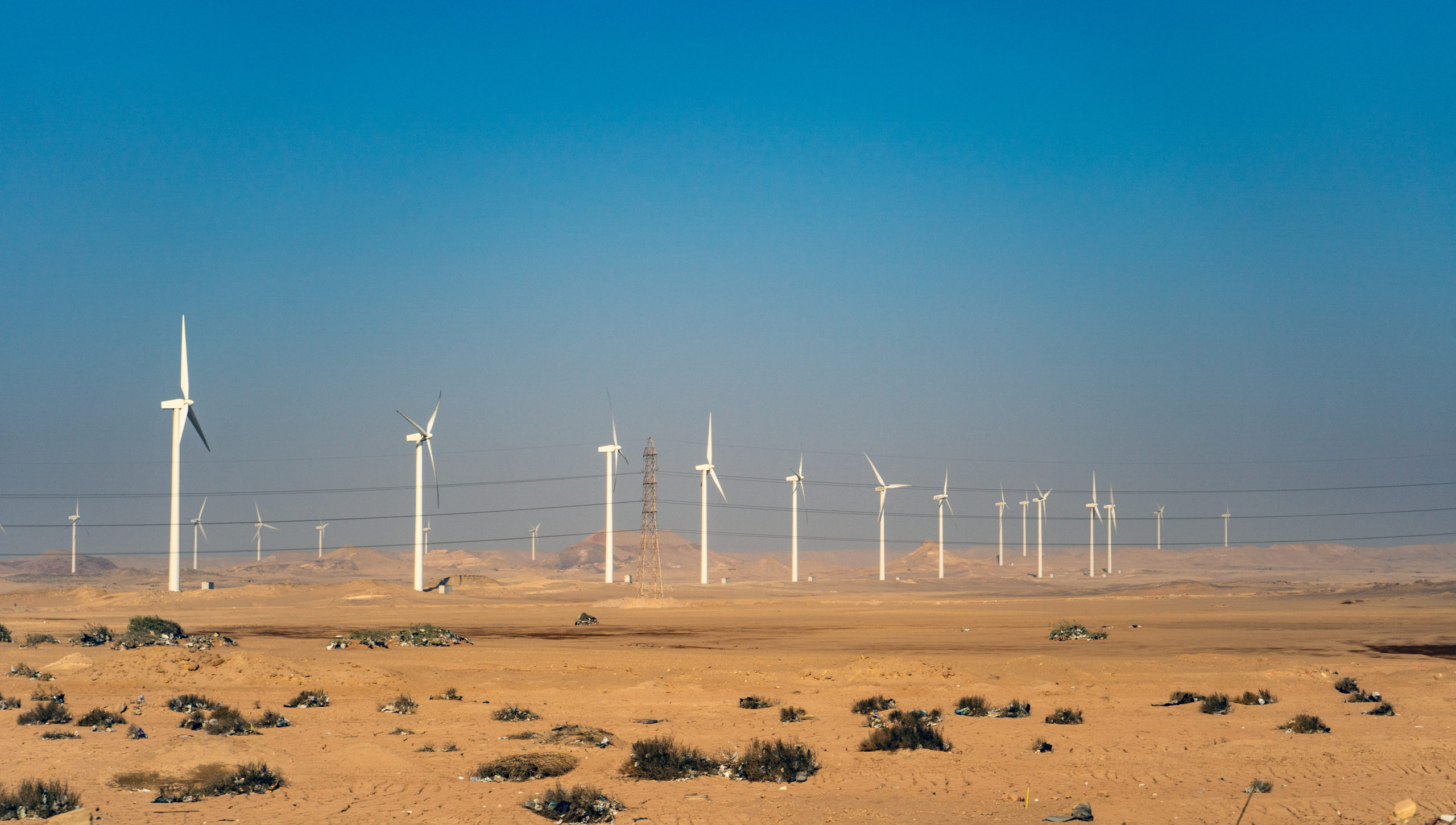A renewed agenda for green technology and development
Given their respective contributions to global emissions, there is no global solution to climate change without participation by the United States and China. Previous U.S.-China efforts to cooperate on climate change succeeded in mobilizing international climate action. A demonstration of China’s own leadership on climate change is also essential in garnering U.S. political support for climate action.
Given the sharp downturn in U.S.-China relations over the past four years, prior models of cooperation need to be rethought. But the earth’s climate does not need to become a casualty of deteriorating relations. The United States must craft a new bilateral agenda with China that will support American interests while mobilizing constructive international climate action. As we enter climate’s decisive decade, engaging with the world’s largest emitter of greenhouse gases must be a top priority for any U.S. administration that takes the problem seriously.
Priority #1: Use technology cooperation to promote U.S. competitiveness
The United States must reinvigorate its innovation system through increased funding for research and development that targets low- and zero-carbon technologies. By greening our much-needed economic recovery following the Covid-19 pandemic, we can simultaneously upgrade America’s energy infrastructure, create green jobs, and reduce carbon emissions. We cannot, however, build domestic industries by closing off our markets to the rest of the world. Any clean energy innovation strategy should leverage international cooperation over protectionism. Solving climate change will require large, collaborative research efforts with global participation. Closing markets would slow the global learning rates for the technologies the world so desperately needs to address climate change.
Only cooperative efforts will promote the aggressive global development and deployment of clean energy technologies. The United States helped to establish several international clean energy partnerships that include China, such as Mission Innovation and the Clean Energy Ministerial. These partnerships link the United States to state-of-the-art global research networks, and allow our scientists and companies to participate in valuable technology partnerships. Beyond these initiatives, the United States government spent years designing a suite of bilateral clean energy technology partnerships with China that were painstakingly negotiated and executed not only to leverage the best minds in the world but also to protect intellectual property and build cross-border trust. For example, the U.S.-China Clean Energy Research Center is a unique program that combined presidential support with a groundbreaking intellectual property agreement. It harnesses the expertise of hundreds of researchers from our countries’ top labs, universities, and companies. Yet all of these multilateral and bilateral partnerships are now floundering with very limited U.S. engagement.
By greening our much-needed economic recovery following the Covid-19 pandemic, we can simultaneously upgrade America’s energy infrastructure, create green jobs, and reduce carbon emissions.
The United States should continue to engage in carefully designed collaboration that protects and promotes American innovation. It should not let cooperation on science and technology be politicized. To decouple the United States from the global innovation system would be disastrous.
Priority #2: Further U.S. influence through climate cooperation
The United States should also adjust bilateral relations to China’s global reach. China’s Belt and Road Initiative (BRI), first announced in 2013, marks perhaps the single most important shift in China’s economic and foreign policy in the last decade. BRI poses one of the biggest threats to climate mitigation, and it has the potential to be an unchecked pathway for China to finance carbon-emitting development.
Engaging with China in third countries presents a huge opportunity to use U.S. influence to promote climate cooperation. Indirectly, the United States should engage with both public and private entities in third countries so they have alternatives to Chinese investment and emissions-intensive development. Directly, the United States should construct parallel bilateral efforts with China in third countries, particularly in Asia and Africa, with a focus on energy infrastructure. America should work to leverage rather than block BRI investments to support regional development needs while redirecting BRI towards greener technologies. For example, the U.S. government can empower our banks and export credit agencies to develop collaborative financing models with the Chinese development banks. Any cooperative efforts should be accompanied by clear red lines, for example by requiring China to increase environmental standards for all of its overseas investments in line with global best practices.
The United States alone cannot finance the low carbon development needs of the Global South. But it can work strategically with partners to leverage public and private investments that change the calculation for recipient countries. By creating options to invest in low carbon projects over fossil fuel plants, the United States can ensure that emerging economies are not left with stranded assets that will only compound existing economic challenges. The United States can thereby further its influence while promoting low carbon economic development around the world.
